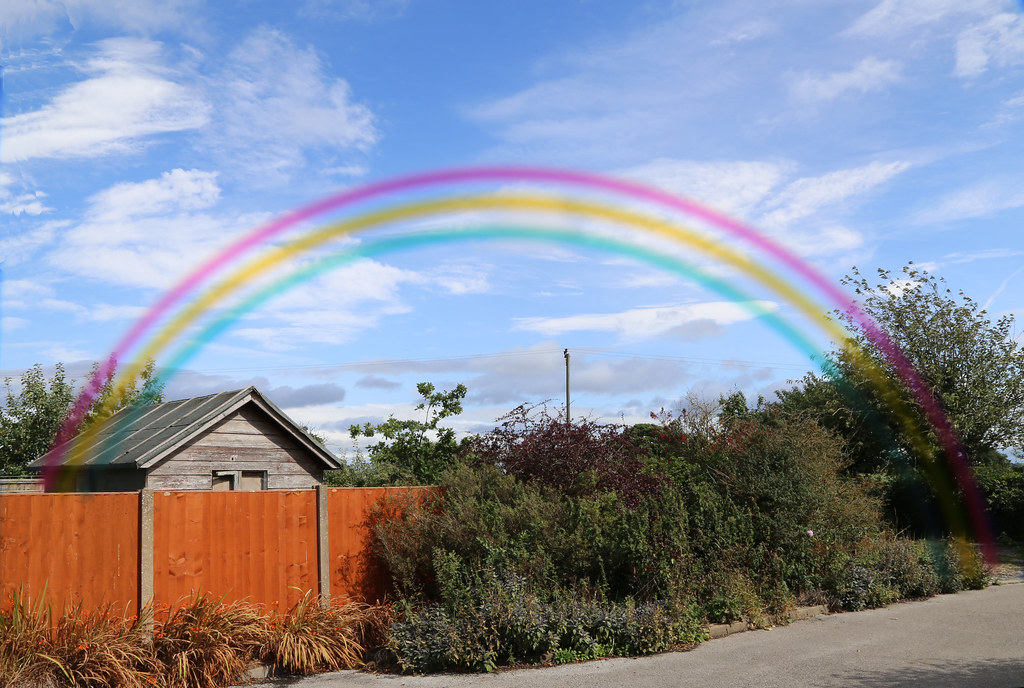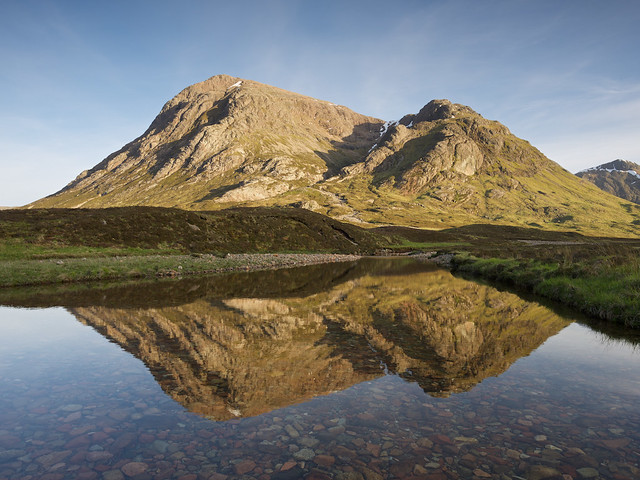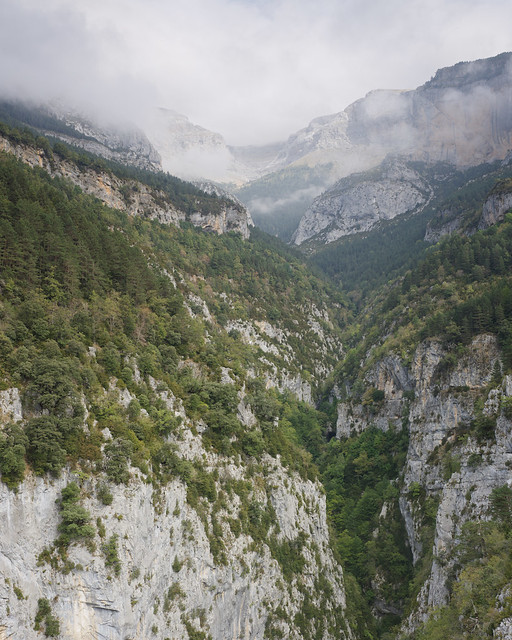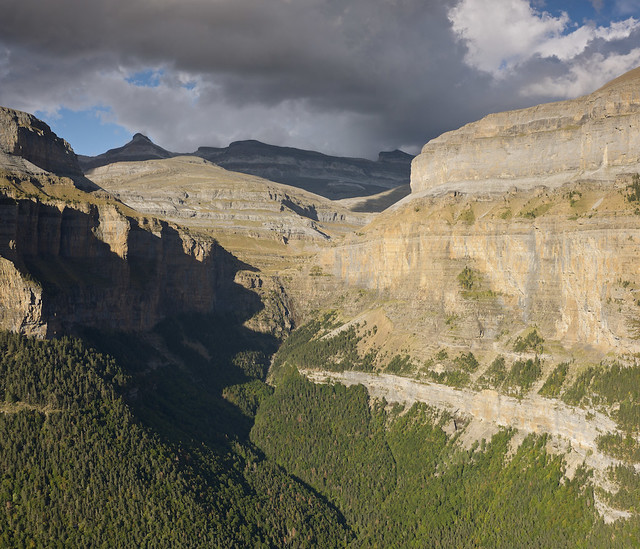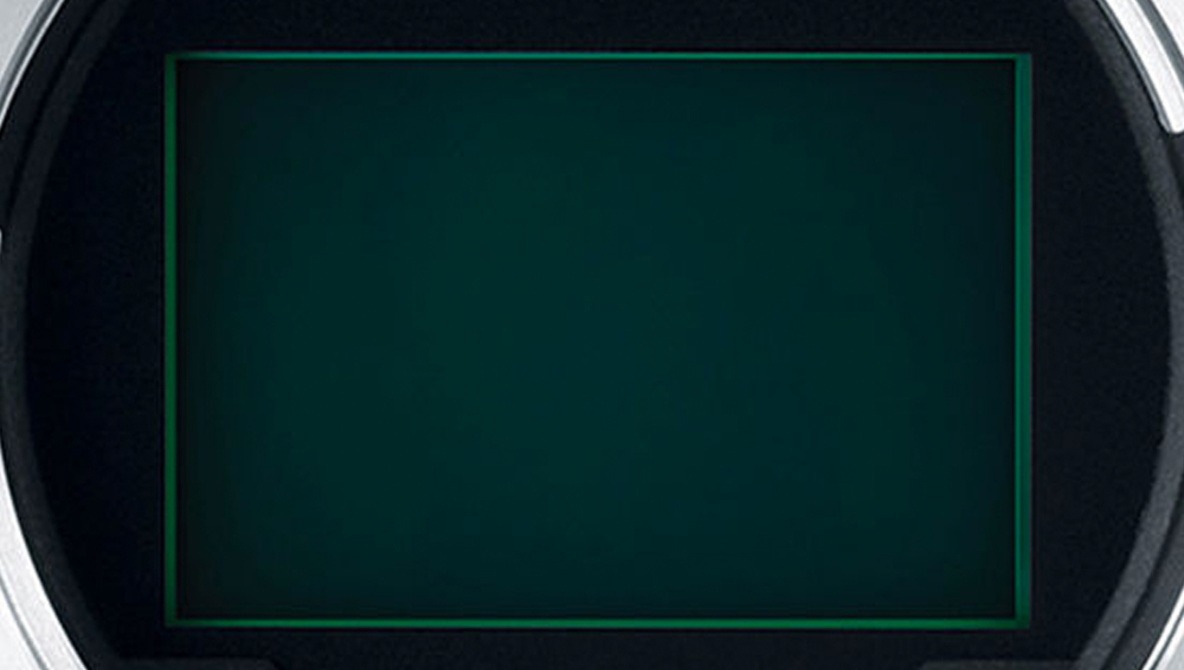I'm fairly new to all this and as someone who is thinking of trying a few filters this is an interesting thread. As I've been doing a bit or research into filters I bought a copy of the Lee filters book "Inspiring professionals 2" to read up a bit more on filters.
If you have seen this book or the 1st version you'll know what its about, if not its a series of photos taken by Lee sponsored photographers who take pictures using Lee filters and there is a picture a short story about the pictures and what filters they used and how they were positioned, its all good quality stuff as you would expect, what I took from it was the filters they were using.
Some pictures had 2 (or 3) filters used. So i did a count up, results are:
53 pictures
Polarisings filter used on 13
0.6 Grad soft - used on 3
0.9 Grad soft - used on 4
0.3 Grad hard- used on 4
0.6 Grad hard - used on 17
0.9 Grad hard - used on 11
0.45 Grad hard - used on 3
0.27 Grad hard - used on 3
1.2 Grad hard - used on 1
The other were a mixture of Big/Little stoppers and some colour filters.
What surprised me is not 1 picture taken with a Medium grad, given that its a book to promote their products i was expecting more of a balance between the filters used.
So my conclusion is all I really need to buy is a 0.6 & 0.9 hard grad and a polariser, does that sound about right?


